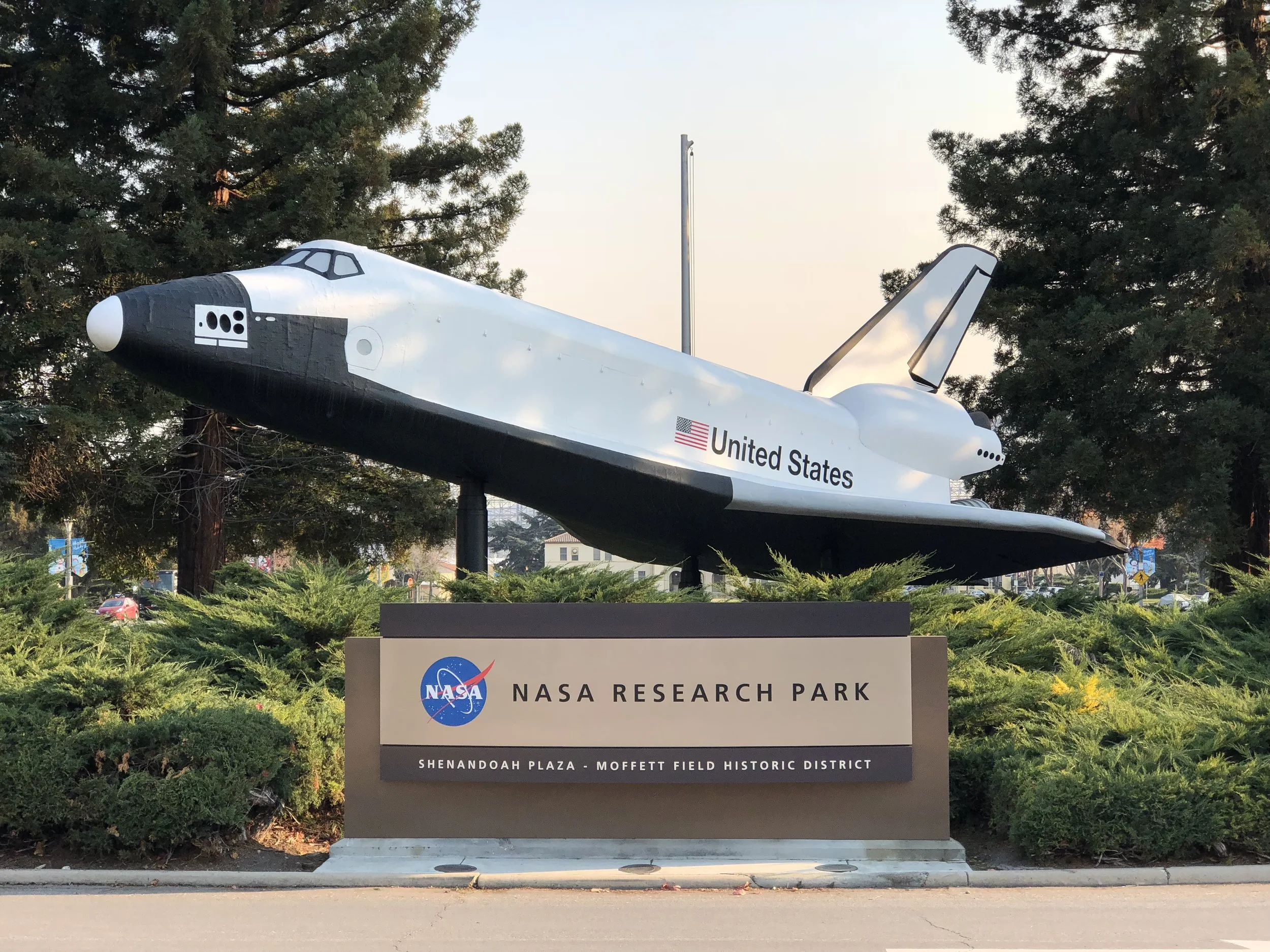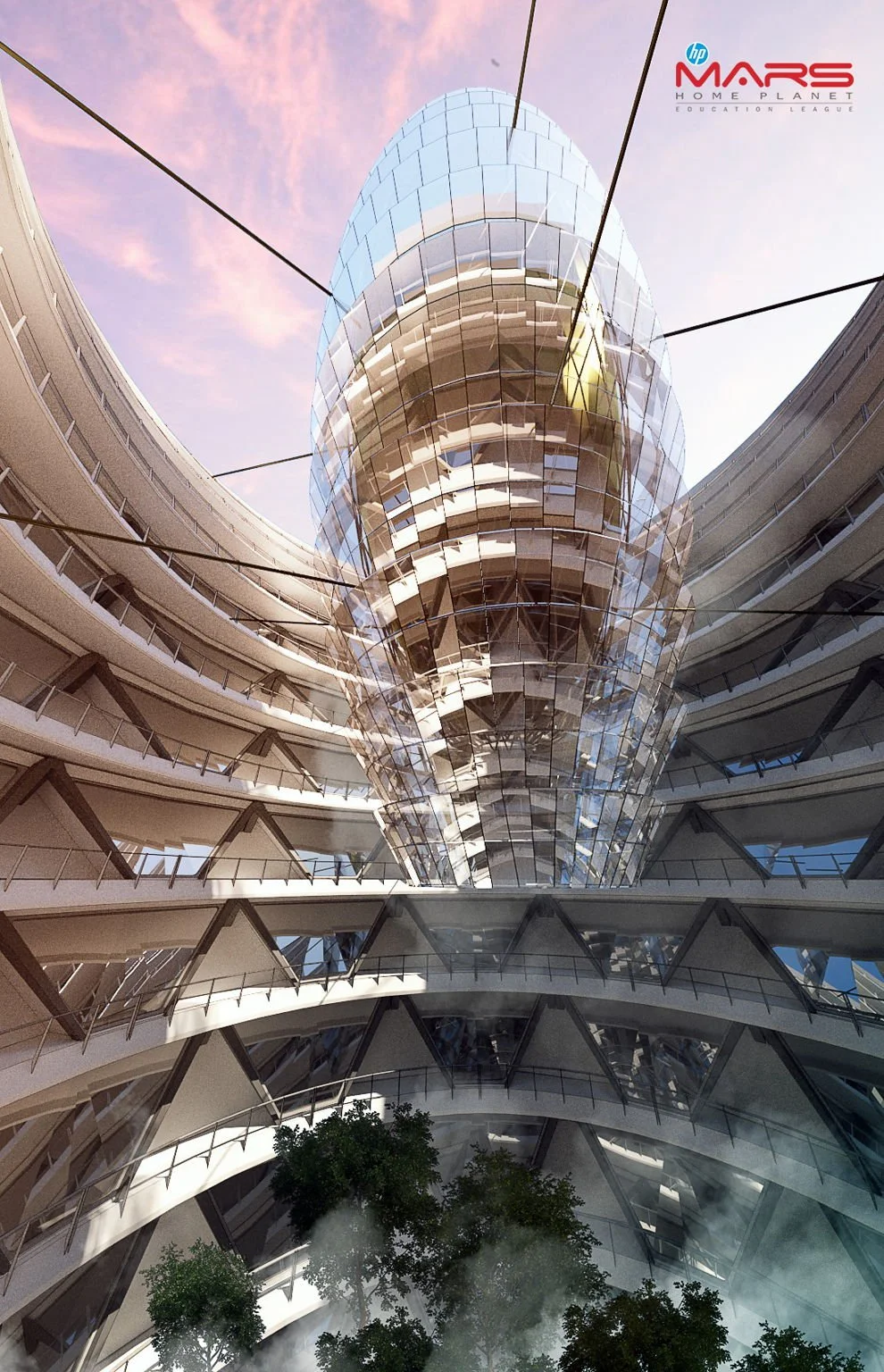
Mars: Home Planet
HP
HP had come to our newly formed division of Local Motors, Launch Forth, wanting to promote their high-end workstations using our design platform. At the time, they knew they wanted it centered on Mars, and that maybe there was an opportunity to push some of what was created into VR. For me, this hit the bullseye on several passion points; space travel, hard sci-fi, and virtual reality.
What I didn’t realize until much later, was how far HP wanted to take this project.
Telling a story that everyone can get behind
We began by conducting a brainstorming workshop with the HP team. We knew the direction they were wanting to take but we also needed to know their objectives and how they wanted to measure success. In the workshop, we got everyone into the mindset of life on Mars by exploring the facts and fiction of Mars as we know it, as well as eating a LOT of astronaut ice cream.
We presented multiple concepts and landed on exploring how Mars would look with one million Martians living on it. Not settling on Mars, but thriving on it. This led to six different design/engineering projects that we were going to run to fully flesh out what life on the Red Planet was going to be like culminating in a VR experience that was to be developed by our partners at Technicolor.
While we knew that the products we were helping ideate were not going to get built, we hoped that the solutions would inspire those who would be getting ideas into space.
Sometimes it’s worth calling in the experts
While we generally understood what good conceptual solutions for Mars could be, we felt we needed a team of experts to help validate the solutions if we wanted to produce viable results.
So working with Chantelle Baier of the National Space Society and 4Space, we organized a meeting with the Mars planetary science team, including Chris McKay and Pascall Lee as well as the Technicolor team at NASA Aimes.
Not only was NASA interested in the project as a whole, they saw a lot of potential for using the products we were designing for inspiration in their own future missions…with their help as subject matter experts.
Taking the products to the people
Beyond the actual creation of the Mars: Home Planet projects, HP went all in to make sure that the world knew what they were trying to build. At the Autodesk University conference, they used their platinum sponsorship to put the HP Mars project front and center.
Every printer was printing out design concepts from the community, every workstation was featuring the challenges, and several events were set up, including a media dinner, a live design challenge with top-tier product designers, and two space—themed parties with several NASA astronauts.
Having been there at the very inception of the idea, it was a surprise to our whole team to see how much energy on the marketing team at HP was willing to put into this. There wasn’t a single instance where the HP logo was displayed without the Mars Home Planet mark attached.
Success measured
Mars: Home Planet was different than most products that I’ve helped build. It was exclusively conceptual, feasibility was theoretical, and we have yet to see one person on Mars, let alone one million. But in the end, our users were those participating in the co-creation project and the client, HP. We had thousands of entries built by tens of thousands of users, putting in countless manhours. HP ended up extending the project's scope internationally, and everyone who participated felt like they were part of something truly unique, an opportunity to envision a better future in a completely new environment.
And for me…I finally got my toe into the space industry, which was SOOO much cooler than I could have imagined.



